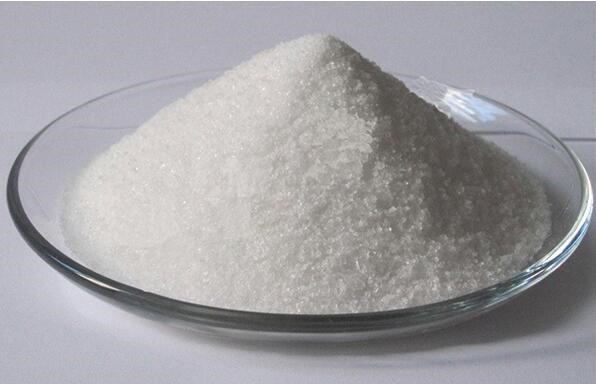The source of electroplating wastewater is cleaning water for plating parts, waste electroplating solution, equipment cooling water and other wastewater, etc.
This type of waste water is generally of strong acid, water quality complex, and difficult to control its composition. It contains heavy metal ions such as chromium, cadmium, nickel, copper, zinc, gold, silver, and cyanide. Some of them are highly toxic substances that cause cancer,deformity and mutations.
After these heavy metals enter the water , they have an amplifying effect on the food chain, and can accumulate in certain organs of the human body to cause chronic poisoning and endanger human health.
The electroplating wastewater contains many expensive heavy metals. If the heavy metals in the wastewater are recycled as a resource in the treatment , it will not only solve the pollution of heavy metals, but also have certain economic benefits.
At present, the commonly used methods for treating heavy metal wastewater mainly include chemical precipitation, reduction, adsorption, membrane separation, coagulation, ion exchange, and electrochemical methods. It is found that the result of polyacrylamide selection for treating this type of wastewater is directly related to the pH value of the wastewater, because most of this type of wastewater is carried out under strong acid conditions.
The best use method and precautions of polyacrylamide for electroplating wastewater
1. Through a small scale test, to determine the best model of polyacrylamide and the best dosage of the product.
2. The product is formulated into an aqueous solution with a concentration of 0.1% (referring to the solid content), preferably neutral water without salt.
3. When dissolving the water, evenly sprinkle this product into the stirred water, and increase the temperature properly (<60℃) to accelerate the solution.
4. Solid products are packed in polypropylene woven bags lined with plastic bags, 25kg per bag.
5. Avoid sprinkling solid products on the ground to prevent the product from absorbing moisture and making the ground slippery.
6. When preparing PAM water solution, it should be carried out in enamel, galvanized, aluminum or plastic buckets, and not in iron containers.
7. When dissolving, pay attention to adding the product to the dissolver with stirring and heating measures evenly and slowly, avoiding solidification, preparing the solution at a suitable temperature, and avoiding excessive mechanical shearing for a long time. It is recommended that the agitator be 60-200 revolutions/min, otherwise it will cause polymer degradation and affect the use effect.
When electroplating wastewater is mostly under strong acid conditions, we generally choose cationic type and coagulate under alkaline conditions, and generally use ultra-high molecular weight anionic polyacrylamide as a coagulant aid.
It should be noted here that due to the characteristics of the electroplating wastewater itself, its pH value is relatively high. Before selecting the agent, it is best to select a water sample for a beaker experiment to determine the type and dosage.
Every thousand tons of electroplating wastewater to be treated generally requires 20-100 kilograms of product. The amount of polyacrylamide used to treat electroplating wastewater is about 2-10 grams. The specific amount of polyacrylamide used in electroplating wastewater should be determined by comprehensive consideration of the turbidity of the sewage, the molecular weight of the polyacrylamide, and impurities in the water.
Post time: Sep-10-2019

